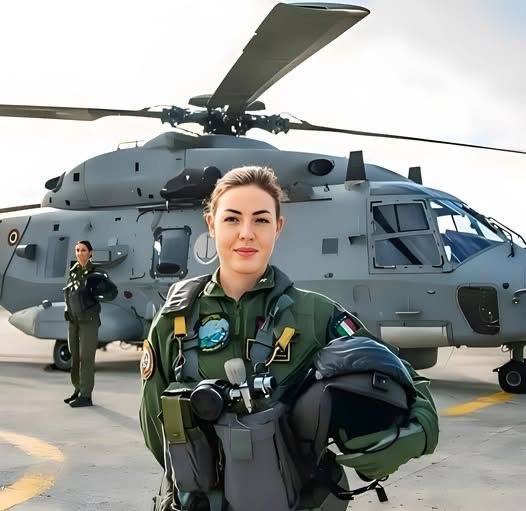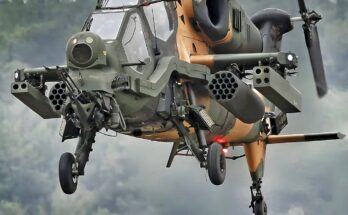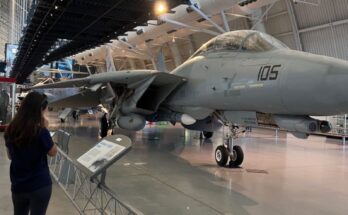
The Italian Navy operates one of the most modern naval helicopter fleets in Europe, with the NHIndustries SH-90A at its core. This advanced helicopter, the naval variant of the NH90, plays a central role in maritime operations, and the men and women who fly it—the SH-90A pilots—carry immense responsibility. Their role combines technical skill, tactical awareness, and adaptability in some of the most challenging environments.
The SH-90A was introduced into Italian naval service to replace older platforms such as the Agusta-Bell 212 and the SH-3 Sea King. Designed for versatility, it can conduct anti-submarine warfare, anti-surface operations, maritime patrol, and search-and-rescue missions. For pilots, this means that every mission profile demands a different mindset. One day they may be tracking a submarine in the Mediterranean, and the next they could be rescuing sailors in rough seas.
Training to become an SH-90A pilot is rigorous. Candidates typically begin their careers at the Italian Navy’s flight school, where they undergo basic flight instruction before transitioning to advanced rotary-wing training. Once selected for the SH-90A, pilots enter a specialized program that covers the aircraft’s systems, mission planning, and shipborne operations. Because the helicopter is designed for ship deployment, pilots must master deck landings, which are among the most demanding tasks in naval aviation. Landing a helicopter on a moving frigate deck in heavy seas requires exceptional precision and confidence.
The cockpit of the SH-90A is equipped with state-of-the-art avionics, fly-by-wire controls, and advanced mission systems. Pilots must be fluent not only in flying but also in managing sensors, radar, and weapons systems. Coordination with the crew—such as tactical coordinators and sonar operators—is vital for mission success. Unlike single-pilot civilian helicopters, the SH-90A demands seamless teamwork between the flight crew and operators in the back.
Operationally, Italian Navy SH-90A pilots are often deployed on missions across the Mediterranean and beyond. Italy’s strategic location means its naval forces are involved in NATO operations, anti-piracy patrols, and humanitarian efforts. For example, during search-and-rescue operations involving migrant boats in the central Mediterranean, SH-90A pilots play a critical role in spotting and recovering survivors. Their ability to fly in low visibility, over long stretches of open sea, often makes the difference between life and death.
Another key aspect of their work is anti-submarine warfare. Equipped with dipping sonar and sonobuoys, the SH-90A gives Italian Navy pilots the tools to detect and track submarines. This requires not only flying skill but also tactical decision-making, as pilots must maneuver the aircraft to optimize sensor performance while maintaining safety above the water.
Life as an SH-90A pilot is demanding, with long deployments at sea and a constant need to stay sharp. Yet it is also rewarding. These pilots know they are at the heart of Italy’s naval defense, safeguarding maritime security and projecting national capability abroad. They combine tradition with cutting-edge technology, carrying forward Italy’s long naval aviation heritage into the 21st century.
The Italian Navy SH-90A pilots are more than just aviators—they are guardians of the sea, operating one of the most advanced maritime helicopters in the world with skill, courage, and dedication.
Would you like me to make this sound more like a magazine feature (with storytelling and personal angles), or keep it as a factual overview like this?


